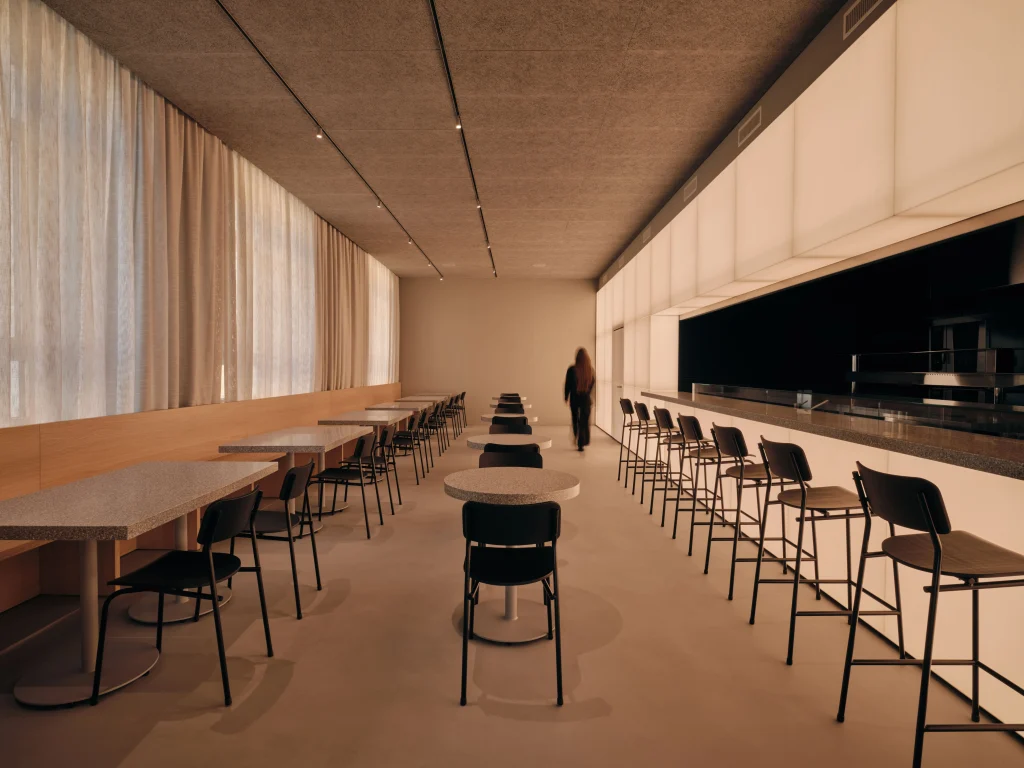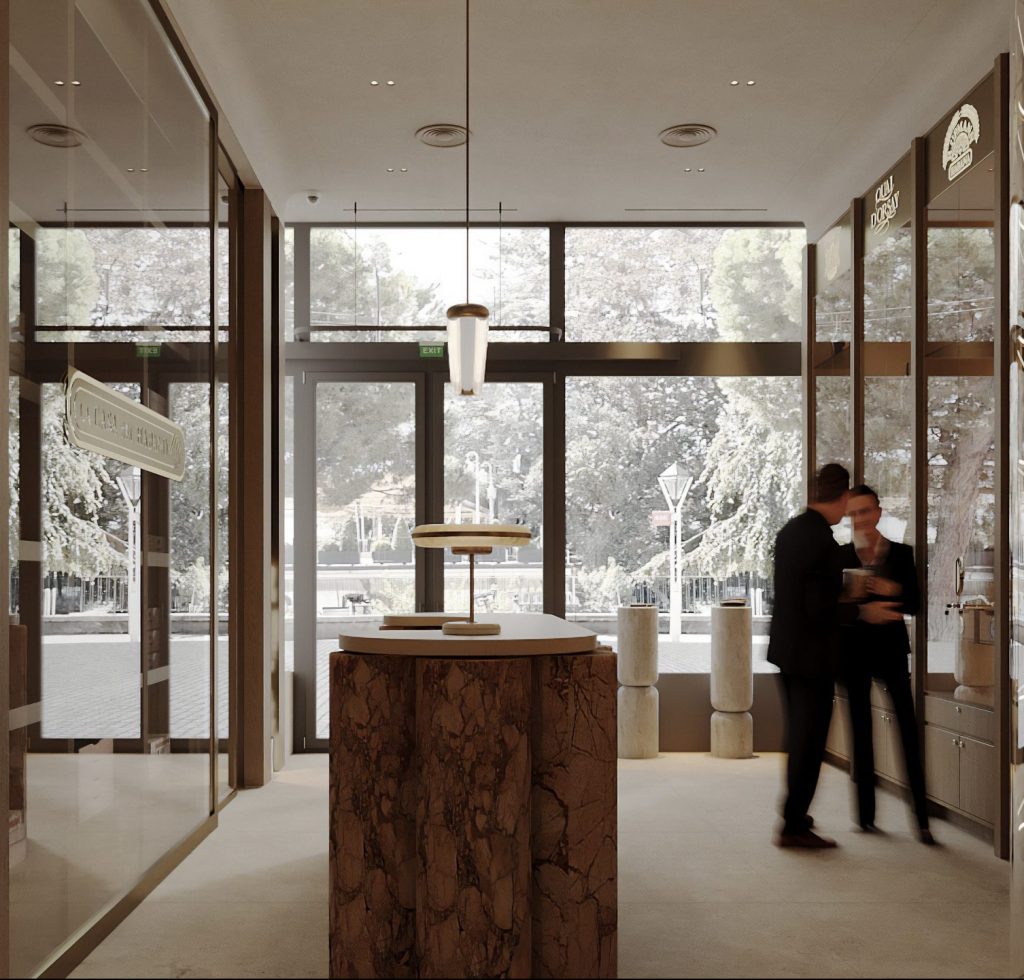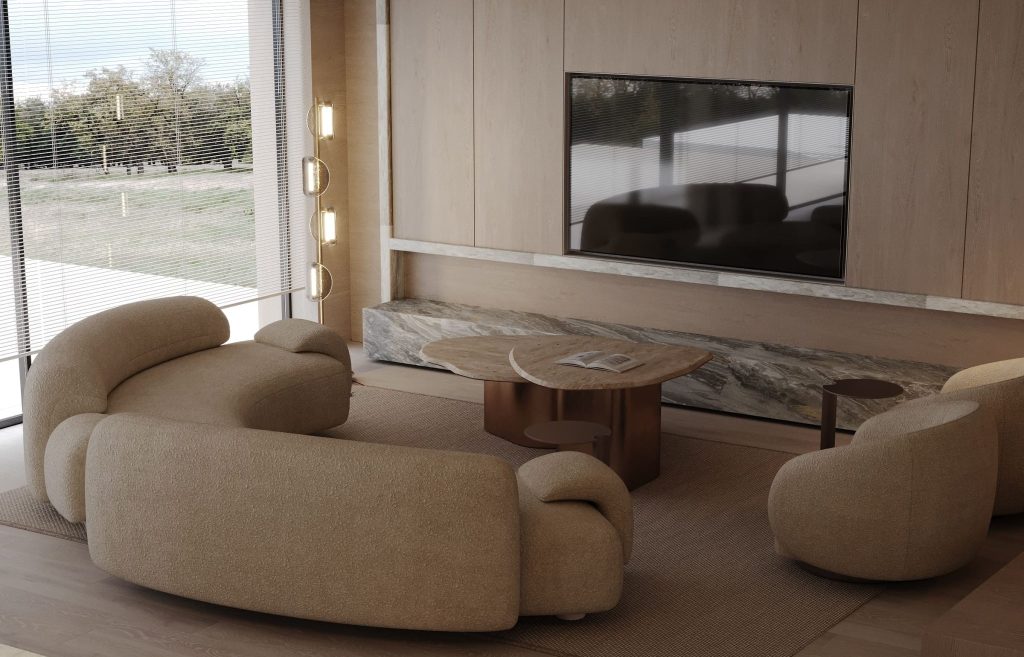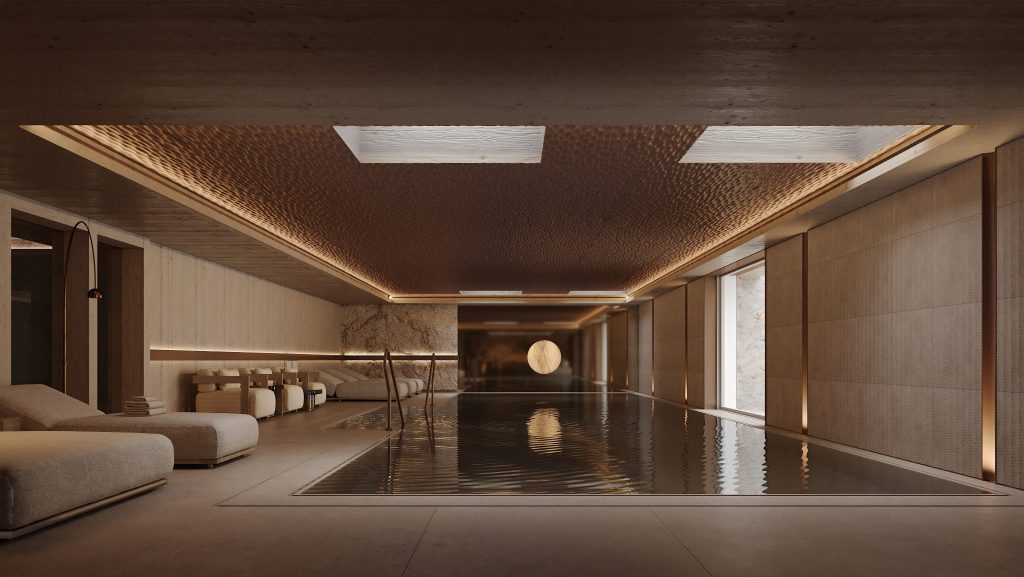Minimalist Architecture: The Elegance of Simplicity
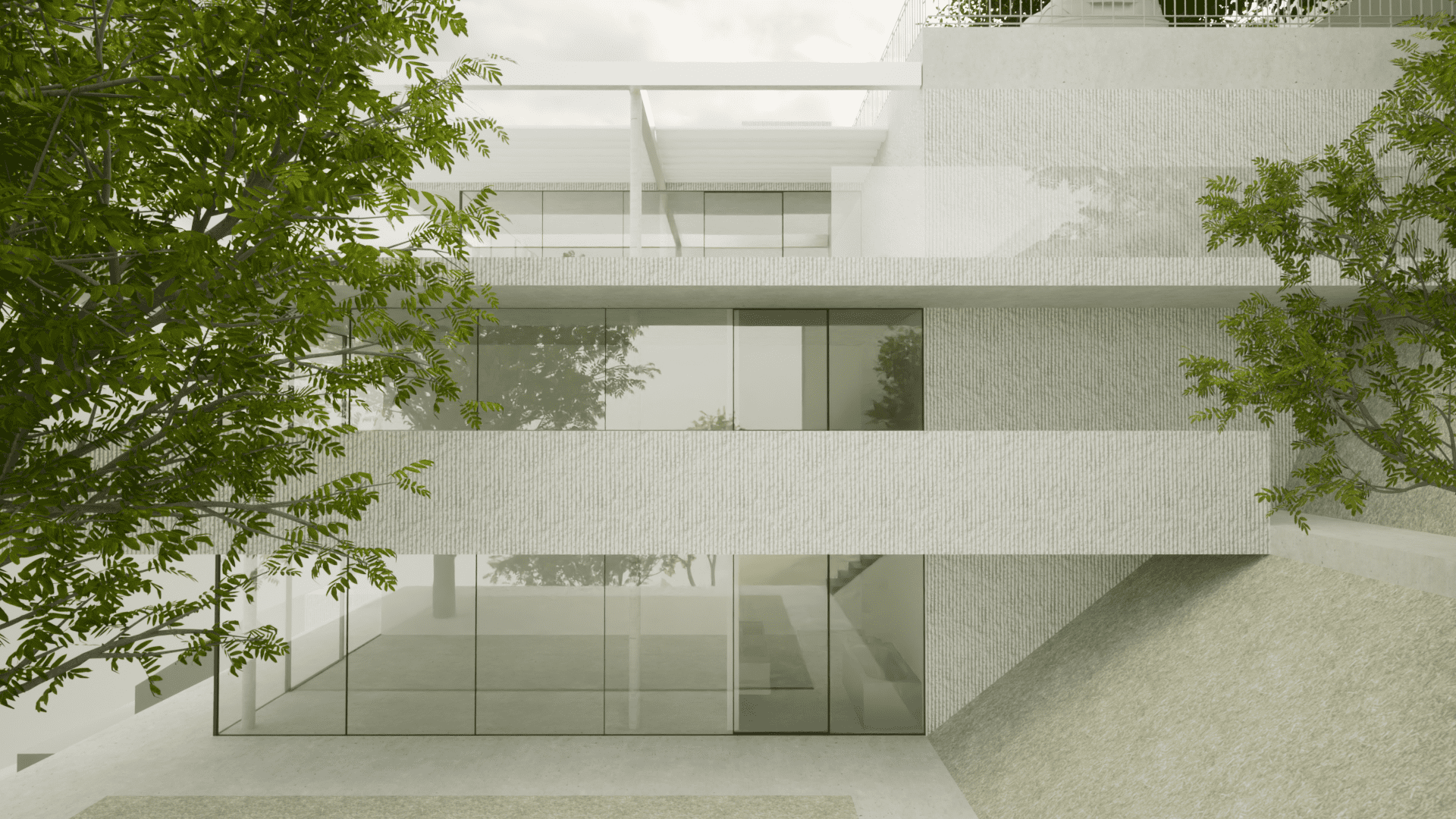
In the ever-evolving landscape of architecture, minimalist architecture stands as a beacon of elegance, clarity, and simplicity. This architectural philosophy, which emerged in the late 20th century, represents not just a style but a fundamental approach to design that seeks to distill complexity into its most essential forms. Minimalist architecture, characterized by its unadorned surfaces, use of monochromatic color palettes, and integration of form and function, offers a serene antidote to the chaos of modern life.
Historical Context and Philosophical Foundations
The roots of minimalist architecture can be traced back to the De Stijl movement and the work of architects like Ludwig Mies van der Rohe and Le Corbusier in the early 20th century. These pioneers championed the idea that form should follow function and that unnecessary details should be stripped away. However, it was not until the 1960s and 1970s that minimalist architecture began to emerge as a distinct movement, influenced by Japanese traditional design and the Minimalist art movement in New York.
At its core, minimalist architecture is grounded in the philosophy of "less is more" or, alternatively, "doing more with less." This approach is not merely aesthetic but is imbued with ethical considerations about sustainability, the importance of space, and the impact of the built environment on human well-being.

Key Features of Minimalist Architecture
Minimalist architecture is defined by several key features that distinguish it from other architectural styles:
1. Simplicity in Form and Detail: Minimalist buildings often exhibit simple, geometric forms and clean lines. Architects of this persuasion eschew unnecessary ornamentation in favor of a clear expression of structure and material.
2. Monochromatic Color Schemes: A limited color palette, often dominated by whites, blacks, and greys, is employed to create a sense of harmony and unity within the space. This simplicity in color enhances the architectural elements themselves, allowing the focus to remain on the form and space.
3. Emphasis on Light and Space: Minimalist architecture places a strong emphasis on the interplay between light and space. Large windows, open floor plans, and strategic lighting design are used to create a sense of openness and fluidity.
4. Integration with Nature: Many minimalist designs seek to blur the boundaries between interior and exterior spaces, incorporating natural elements and landscapes into the design to foster a sense of peace and tranquility.
5. Sustainability and Minimal Environmental Impact: Sustainability is an underlying principle of minimalist architecture, reflecting a broader concern for the environment and the impact of human activities. Minimalist architects often employ sustainable materials and construction techniques, design for energy efficiency, and consider the building's lifecycle. The minimalist ethos of "less is more" naturally lends itself to a reduced environmental footprint, promoting a way of living that is in harmony with the natural world. The minimalist ethos of "less is more" naturally lends itself to a reduced environmental footprint, promoting a way of living that is in harmony with the natural world. This aligns seamlessly with the principles of sustainable architecture.
6. Functionalism and Flexibility: Minimalist architecture is not only about the visual aspects; it is deeply rooted in functionalism. Every component of a building is designed with purpose and utility in mind. Minimalist living spaces are adaptable and can often serve multiple functions, reflecting a pragmatic approach to living that values spatial efficiency and ease of use.

The Choice of Materials
The choice of materials in minimalist architecture is a fundamental aspect that significantly contributes to its aesthetic, functionality, and philosophical ethos. This architectural style emphasizes the intrinsic beauty, texture, and quality of materials, favoring those that offer purity, durability, and a sense of calm and serenity. Minimalist building materials are chosen not only for their visual appeal but also for their ability to create a seamless, cohesive space that speaks to the principle of "less is more."
Commonly used materials in minimalist architecture include concrete, glass, steel, and wood. Concrete, with its strong, monolithic presence, provides a sense of stability and permanence, while its versatility allows for the creation of various forms and textures. Glass is another staple in minimalist designs, celebrated for its ability to dissolve boundaries between interior and exterior spaces, ushering in natural light and promoting a sense of openness. Steel, valued for its strength and sleekness, is often used in minimalist architecture for its clean lines and ability to span large distances, supporting the design's simplicity. Wood is equally important, adding warmth, texture, and a natural element that contrasts beautifully with more industrial materials like concrete and steel.
In minimalist architecture, the way materials are employed is just as crucial as the materials themselves. Architects often utilize large, uninterrupted surfaces and simple geometric forms to highlight the material's natural qualities. This approach not only respects the material's integrity but also contributes to a space's overall sense of calm and order. The thoughtful selection and application of materials in minimalist architecture underscore the movement's commitment to simplicity, functional spaces, and a deep respect for the natural world, creating spaces that are both visually stunning and profoundly peaceful.
Impact and Critique
The impact of minimalist architecture has been profound, influencing not only the field of architecture but also interior design, product design, and lifestyle. Its principles of simplicity, efficiency, and mindfulness resonate with contemporary concerns about sustainability and conscious living.
However, minimalist architecture is not without its critics. Some argue that its stark forms can be perceived as cold or impersonal and that its emphasis on simplicity may not adequately address the complexity of human needs and desires.

Conclusion
Minimalist architecture, with its emphasis on simplicity, clarity, and integration with the natural world, offers a compelling vision for the future of design. It challenges us to reconsider our relationship with our environment and with the objects that populate our lives. In doing so, it invites us to imagine a world where less truly can be more and where the essence of a space can be found not in its adornment but in its very bones. As we move forward into an increasingly complex world, minimalist design principles remind us of the power of simplicity to evoke calm, foster creativity, and create spaces that uplift and inspire.
